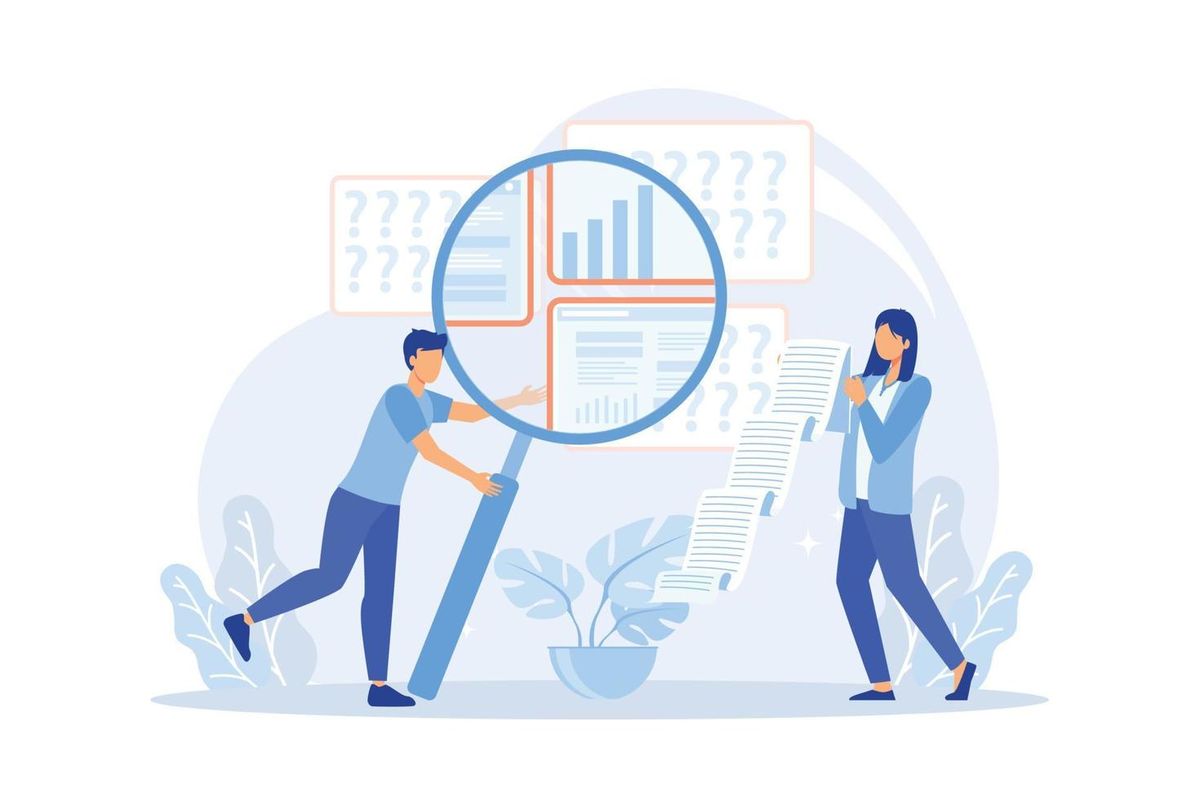-
Industry
- Business & Finance
-
Automotive & Transport
- Automotive & Transport
- Automotive
- Automotive Parts
- Logistics
- Transportation
- Energy & Utility
-
Chemical & Material
- Chemical & Material
- Textile
- Materials
- Chemical
- Metal & Mineral
- Packaging
- Manufacturing & Industry
-
Food & Beverages
- Food & Beverages
- Food
- Beverages
- Agriculture
- Hospitality
- IT & Telecommunications
-
Lifescience
- Lifescience
- Pharmaceutical
- Healthcare
- Medical Devices
- Biotechnology
-
Semiconductor & Electronics
- Semiconductor & Electronics
- Semiconductor
- Electronics
- Instrumentation
-
Aerospace & Defence
- Aerospace & Defence
- Defence Equipment
- Aerospace
- Weapons
- Military Robotics
-
Consumer Goods & Services
- Consumer Goods & Services
- Beauty & Personal Care
- Apparels & Lifestyle
- Household Goods
- Appliances & Equipment
- Leisure
- Services
- Baby Products
/ul>


